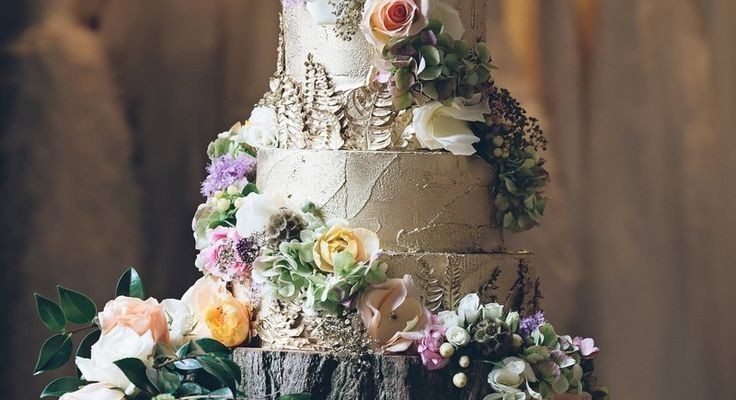Location, Location, Location
Finding a place to host your medieval or renaissance wedding can be tough — unless you happen to live in Monaco and people typically address you as “Princess Caroline.” For those of us that don’t fall into that category, here are some places likely to pay off:
- Local arboretums and botanical gardens
- The Renaissance Faire
- Barns – very traditional and authentic; look for one with stone details
- If overseas, rugby or soccer clubs
- Mountain tops
- Art museums with Renaissance or Medieval rooms – preferably with armor!
- Friend or relative’s backyard, near a stream or river
- Public park with gazebo
- Also check for American castles and castle-like structures here: http://www.du…astles/
Good locations are everywhere, but they take some local savvy to find. Hit the bridal boards and especially regional sections to chat up brides-in-the-know. They’ll find you some breathtaking spots you might not otherwise track down.
Wedding Invitations
Start with a quality parchment. Adorn with pressed flowers, or roll into scrolls. Seal envelopes with wax. Experiment with the wax: you can embed objects in the seal, such as small pressed flowers or ribbons. You can also use “resist” techniques and gold powders to create something truly unique. Enclose an ancient-looking map you drew of the venue.
Fairytale Flowers
A quck google search should turn up instructions on making the traditional cascading wedding bouquet. Consider adorning your bouquet with crystals and big, showy peacock feathers. You could also simply tie up an attractive bundle of herbs – say, lavender and rosemary – in silk ribbon for an authentic and elegant bouquet. Add a few springs of wildflowers. Use herbs like rosemary and sage tied up smaller silk ribbon for the men’s boutonnières. You can even make a spectacular “bead bouquet” made entirely from beads and wires, if you’re patient.
Wedding Cake Fit For a Courtier
The choice is yours, but spice cakes, carrot cakes or fruitcakes all have plenty of medieval overtones. The most traditional medieval wedding cake of all is somewhat surprising: sweet buns heaped in a large pile between the wedding couple, who were encouraged to try to kiss over the pile in hopes of a fertile
marriage. You can something surprisingly similar with a Krispy Kreme cake!
But if you’re going with a cake cake, we’ve found some lovely medieval or renaissance cake toppers:
- Dragon Heart cake topper, pewter or crystal
- Fairy Heart Cake Topper
- Merlin cake topper
- King Arthur cake topper
Decking the Halls
You’ll want heavy pewter goblets for the bridal couple. Carry the theme by collecting as many pewter cake stands as you can find from thrift stores and piling everything you can on them. Medieval times were all about finger foods. After Christmas, stock up on the beautiful brocade table runners with quilting, silk braid and tassels that can be had for a song in January. Place gorgeous iron candle screens behind the bridal couple and in front of the fireplace.
For centerpieces, fill tall, clear vases with dried curly willow. Hot-glue crystal beads to the end of each twig. Place votives in a circle underneath each centerpiece to amplify and scatter the light. If the wedding is outside, hang Moroccan wedding lanterns from the trees and posts. If indoors, hang the lanterns or as an alternative, candle chandeliers from the ceiling. Add to the forest magic of an indoor wedding by renting potted trees or buying your own to plant later.
If open flame is verboten at your wedding venue, you can still have the effect of flickering candles – thanks to battery-operated tea lights.
Call your local prop shop or drama program to see if you can rent big-ticket items that can really make your reception pop: thrones for the head table, for example, or full suits of armor to guard the entrance. They might be able to connect you to local performers, too – fire-eaters, heralds or jugglers, for example.
Use humble muslin or cotton duck for chair covers, and consider draping the wall in crenellated fabric (you know – cut and hemmed like the turrets in a storybook castle). Decorating with Coats of Arms, Banners and Pennants. If you’re lucky, one of you already has a Coat of Arms, or a last name similar to someone who does. You can check family names, and download make-your-own heraldry software.
Medieval Music
A harpist or a vocalist and lute are bound to charm your guests. Also, try your local SCA organization or Renaissance Faire to find mandoline-ready musicians. Your local university might also be home to Renaissance revival bands that play fascinating reproduction instruments.


